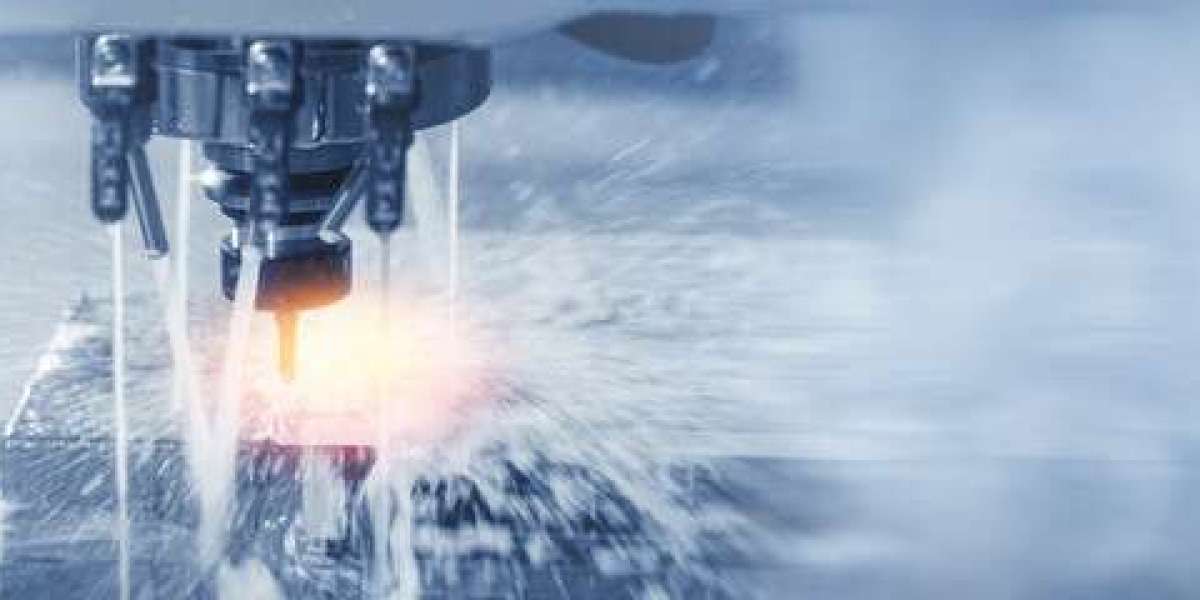Navigating CNC Milling: Strategies for Success
Introduction
Welcome to the realm of precision engineering – CNC milling has become a cornerstone of modern manufacturing, offering unparalleled precision, efficiency, and versatility. In this article, we explore strategies for success in navigating the complexities of CNC milling, from understanding the basics to implementing advanced techniques.
Outline
- Understanding CNC Milling
- Key Considerations for Success
- Optimizing Tool Selection and Machining Parameters
- Implementing Quality Control Measures
- Maximizing Efficiency and Productivity
- Conclusion
- FAQs
Background
Understanding CNC Milling: CNC milling is a machining process that utilizes computerized controls to remove material from a workpiece, resulting in precise shapes and dimensions. It involves the use of rotary cutters guided by computer-aided design (CAD) models and instructions.
Key Considerations for Success
Explore key considerations for success in CNC milling:
- Material Selection: Choose materials suitable for CNC milling processes, considering factors such as machinability, hardness, and surface finish requirements.
- Workpiece Design: Design workpieces with CNC milling in mind, optimizing geometries and features for efficient machining and minimal tool wear.
- Machine Setup and Calibration: Ensure proper setup and calibration of CNC milling machines, including tool alignment, spindle speed, and feed rates, to achieve accurate and consistent results.
- Operator Training and Skills: Provide comprehensive training and support for CNC machine operators, ensuring proficiency in programming, setup, and troubleshooting.
Optimizing Tool Selection and Machining Parameters
Learn how to optimize tool selection and machining parameters for CNC milling:
- Tool Selection: Choose appropriate cutting tools based on material properties, part geometry, and machining requirements, considering factors such as tool material, geometry, and coating.
- Machining Parameters: Optimize machining parameters such as spindle speed, feed rate, and depth of cut to achieve optimal cutting performance, minimizing cycle times and tool wear.
Implementing Quality Control Measures
Discover strategies for implementing quality control measures in CNC milling:
- In-Process Inspection: Perform in-process inspections using measurement tools such as calipers, micrometers, and coordinate measuring machines (CMMs) to verify dimensional accuracy and surface finish.
- Statistical Process Control (SPC): Implement SPC techniques to monitor and control machining processes, identifying trends and anomalies to prevent defects and ensure consistent quality.
- Documentation and Traceability: Maintain comprehensive documentation and traceability records for CNC milling operations, including machining parameters, tooling data, and inspection results.
Maximizing Efficiency and Productivity
Explore methods for maximizing efficiency and productivity in CNC milling:
- Optimized Toolpaths: Utilize CAM software to generate optimized toolpaths that minimize tool travel distance, reduce machining time, and maximize material removal rates.
- Fixture Design and Automation: Design efficient workholding fixtures and explore automation options such as pallet changers and robotic loading systems to minimize setup time and increase machine uptime.
- Continuous Improvement: Foster a culture of continuous improvement in CNC milling operations, encouraging feedback, innovation, and implementation of best practices to drive efficiency and productivity gains.
Conclusion
In conclusion, success in CNC milling requires a combination of technical expertise, strategic planning, and continuous improvement. By understanding the fundamentals, optimizing processes, and embracing innovation, manufacturers can navigate the complexities of CNC milling with confidence and achieve superior results.
FAQs
Q: What is CNC Milling? A: CNC milling is a machining process that utilizes computerized controls to remove material from a workpiece, resulting in precise shapes and dimensions. It involves the use of rotary cutters guided by computer-aided design (CAD) models and instructions.
Q: How can I optimize tool selection and machining parameters for CNC milling? A: To optimize tool selection and machining parameters for CNC milling, consider factors such as material properties, part geometry, and machining requirements. Choose appropriate cutting tools and optimize parameters such as spindle speed, feed rate, and depth of cut for optimal cutting performance and efficiency.
Q: What are some strategies for maximizing efficiency and productivity in CNC milling? A: Strategies for maximizing efficiency and productivity in CNC milling include optimizing toolpaths, designing efficient workholding fixtures, exploring automation options, and fostering a culture of continuous improvement. By implementing these strategies, manufacturers can minimize cycle times, reduce setup time, and increase overall machine uptime and productivity.







